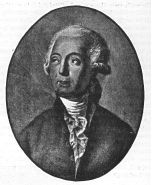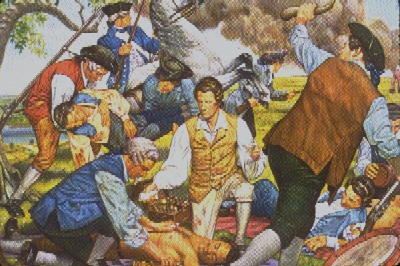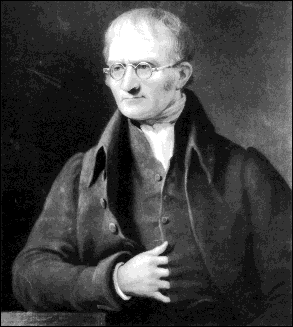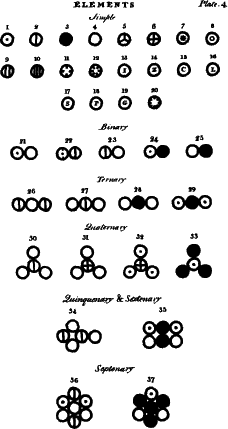At the end of the 18th century it became evident that substances isolated from living beings had a peculiar behavior (they decomposed easily, were complex mixtures, etc.) that differentiated them from those obtained from mineral systems, which were much simpler. Lavoisier establishes the axiom that only pure substances will provide information relevant to the development of chemistry.

Separation and purification methods (extraction and distillation) were perfected at the end of the 18th century. The animal and plant worlds become chemically related when Scheele isolates lactic acid from sour milk and plant materials.

Lavoisier determined that the known compounds that had been extracted from plants contained only carbon, oxygen and hydrogen. Those of animal origin sometimes also contained nitrogen. Dalton develops his atomic theory: a compound made up of several elements must have the simplest possible formula (water = OH); The difficulty grows in understanding how such a vast number of organic compounds could be obtained from so few chemical elements.

